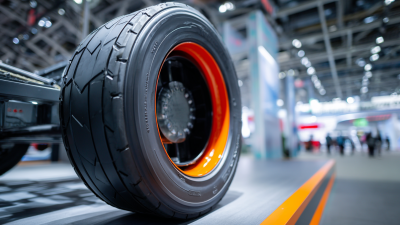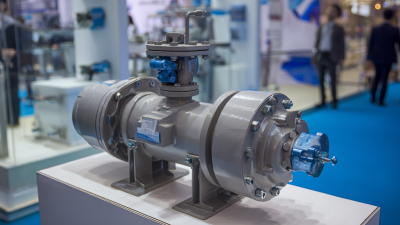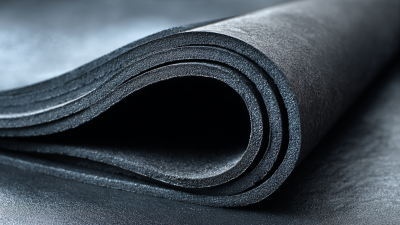Nitrile Rubber, a synthetic rubber known for its remarkable resistance to oil, fuel, and chemicals, has established itself as an essential material across various industries and everyday applications. According to a report by Grand View Research, the global nitrile rubber market is projected to reach USD 2.1 billion by 2025, reflecting a compound annual growth rate (CAGR) of 5.8% from 2019 to 2025. This growth is driven by the rising demand in automotive, aerospace, and medical sectors, where the properties of nitrile rubber, such as durability and flexibility, play a critical role.
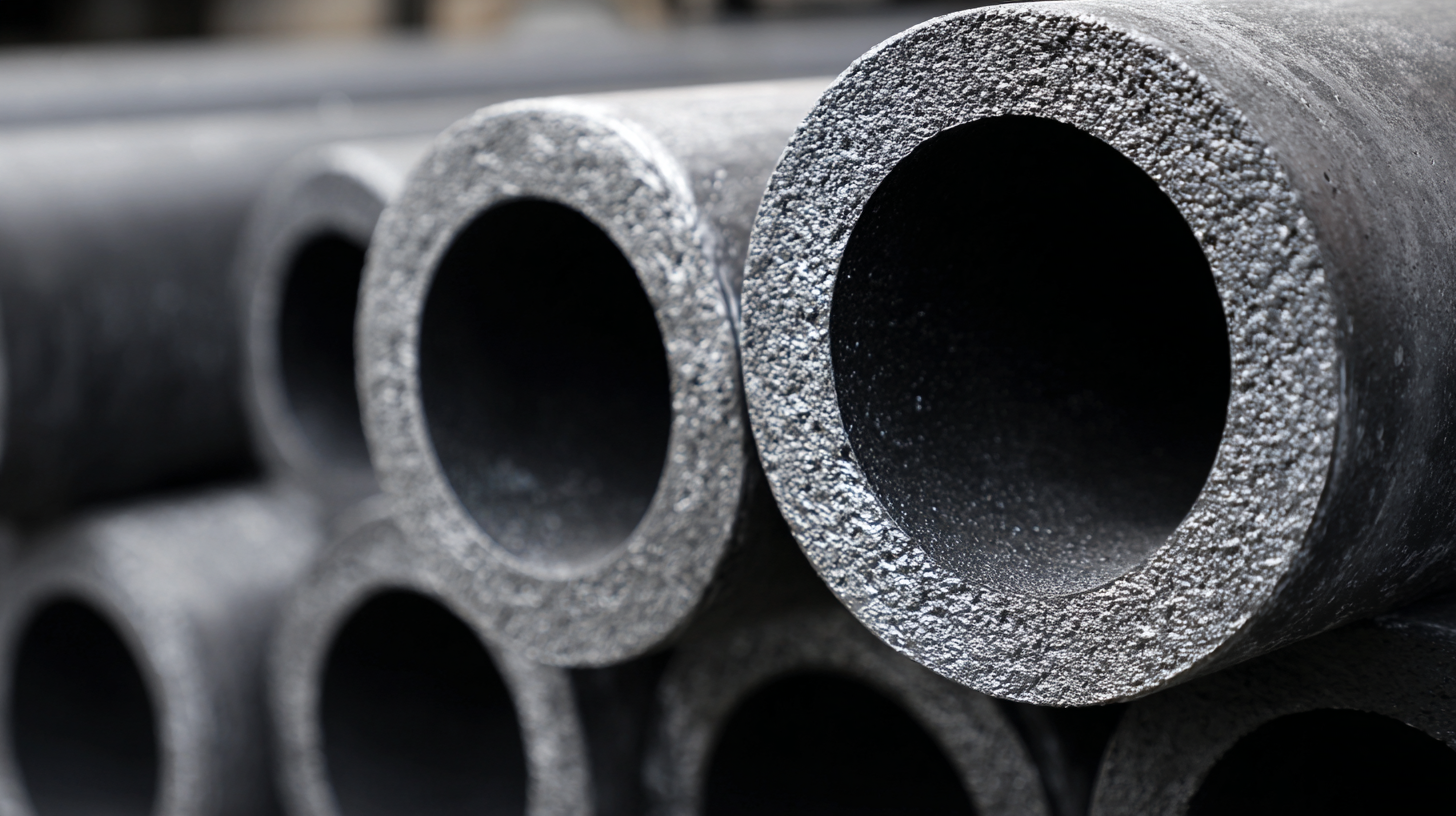
Nitrile rubber, particularly nitrile butadiene rubber (NBR), is gaining attention for its unique properties that enhance industrial performance across various applications. With a market value projected to surpass USD 4.73 billion by 2032, the demand for NBR is expected to grow significantly due to its superior stretchability, excellent sensitivity, and biocompatibility. Recent advancements in strain sensors that utilize polydopamine-coated nanocomposites of NBR and carbon black demonstrate the material's innovative potential in flexible electronic applications, highlighting its versatility beyond conventional uses.
The industrial hose market is also capitalizing on the advantages of nitrile rubber, with projections estimating it will reach USD 13.92 billion by 2030. NBR's remarkable resistance to oils, chemicals, and extreme temperatures positions it as a preferred choice for manufacturing high-performance hoses. Additionally, the exploration of alternative fillers, such as lignin, is paving the way for more sustainable NBR composites, enhancing mechanical properties while reducing reliance on non-renewable resources. These developments underscore the role of nitrile rubber as a cornerstone in modern industrial applications, driving advancements in both efficiency and sustainability.
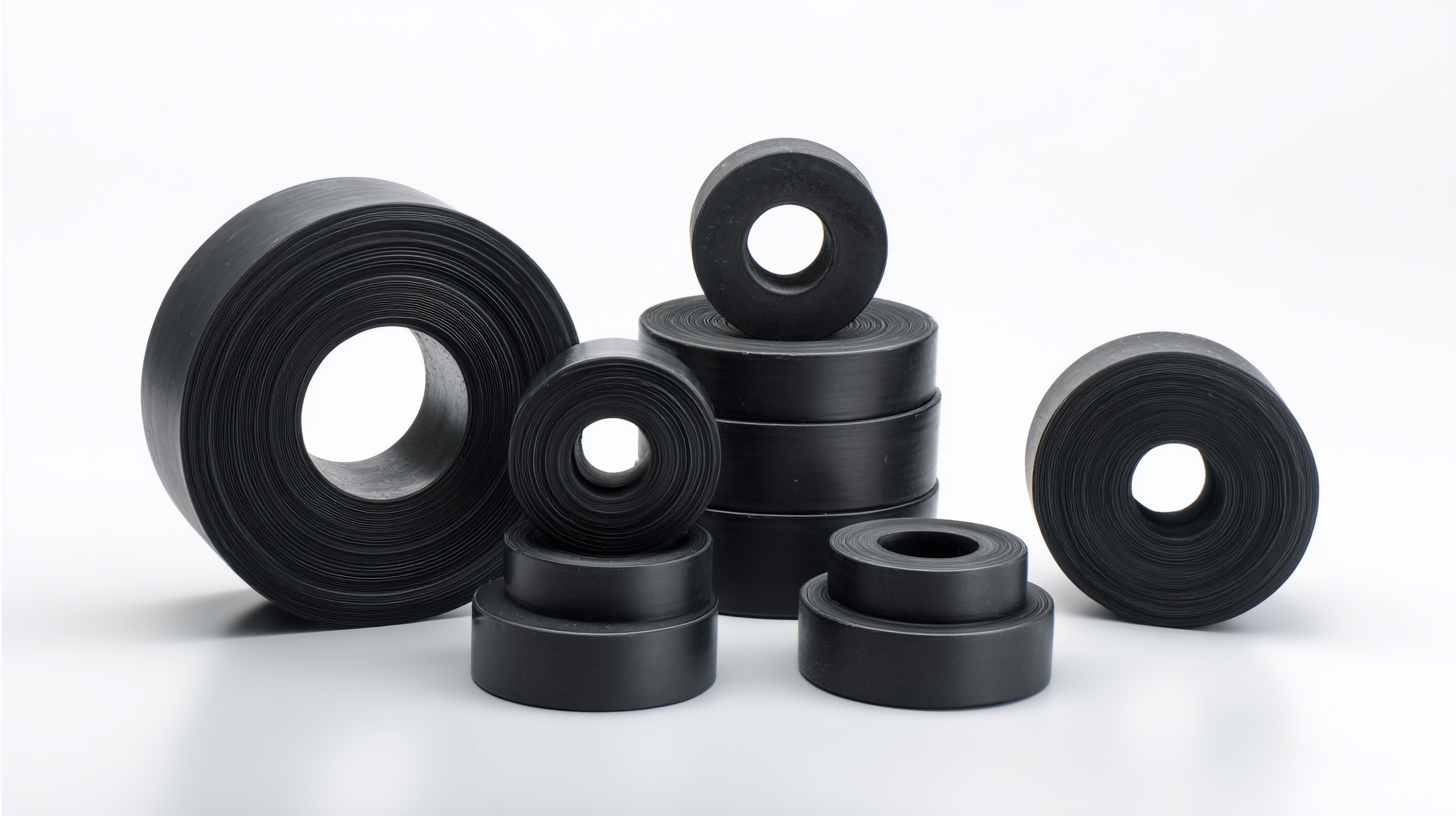
Nitrile rubber, known for its exceptional resistance to oils and chemicals, plays a crucial role in the automotive manufacturing industry. Its unique properties make it an ideal material for a range of components, including seals, gaskets, and hoses. These parts are essential for ensuring the reliability and longevity of vehicles, particularly in environments exposed to high levels of petroleum-based products. The durability of nitrile rubber contributes to maintaining adequate performance standards while reducing the likelihood of leaks and failures.
Another significant application of nitrile rubber in automotive manufacturing is in fuel and oil hoses. These hoses are vital for the safe transportation of fluids within vehicles, and nitrile's resilience against high temperatures and aggressive chemicals ensures that they can withstand the demanding conditions of the automotive environment. As manufacturers strive for enhanced safety and efficiency in their vehicles, the demand for high-performance materials like nitrile rubber continues to grow, cementing its position as a cornerstone in automotive design and production.
Nitrile rubber, also known as acrylonitrile-butadiene rubber (NBR), has become a popular material in various consumer products due to its impressive properties. Its resistance to oils and chemicals makes it an ideal choice for everyday items that require durability and reliability. For instance, nitrile rubber is commonly used in kitchen gloves, providing excellent protection while handling cleaning products or food items. This unique material not only ensures a firm grip but also stands up to frequent washing, making it a staple in homes worldwide.
In addition to kitchen gloves, nitrile rubber is found in a range of household items like bike tires and power tool grips. Its flexibility and resilience contribute to enhanced performance and longevity of these products. Moreover, nitrile rubber is also utilized in home improvement tools, contributing to safer and more comfortable user experiences. This versatility in consumer products showcases how nitrile rubber efficiently bridges the gap between industrial-grade resilience and everyday utility, proving to be indispensable in our daily lives.
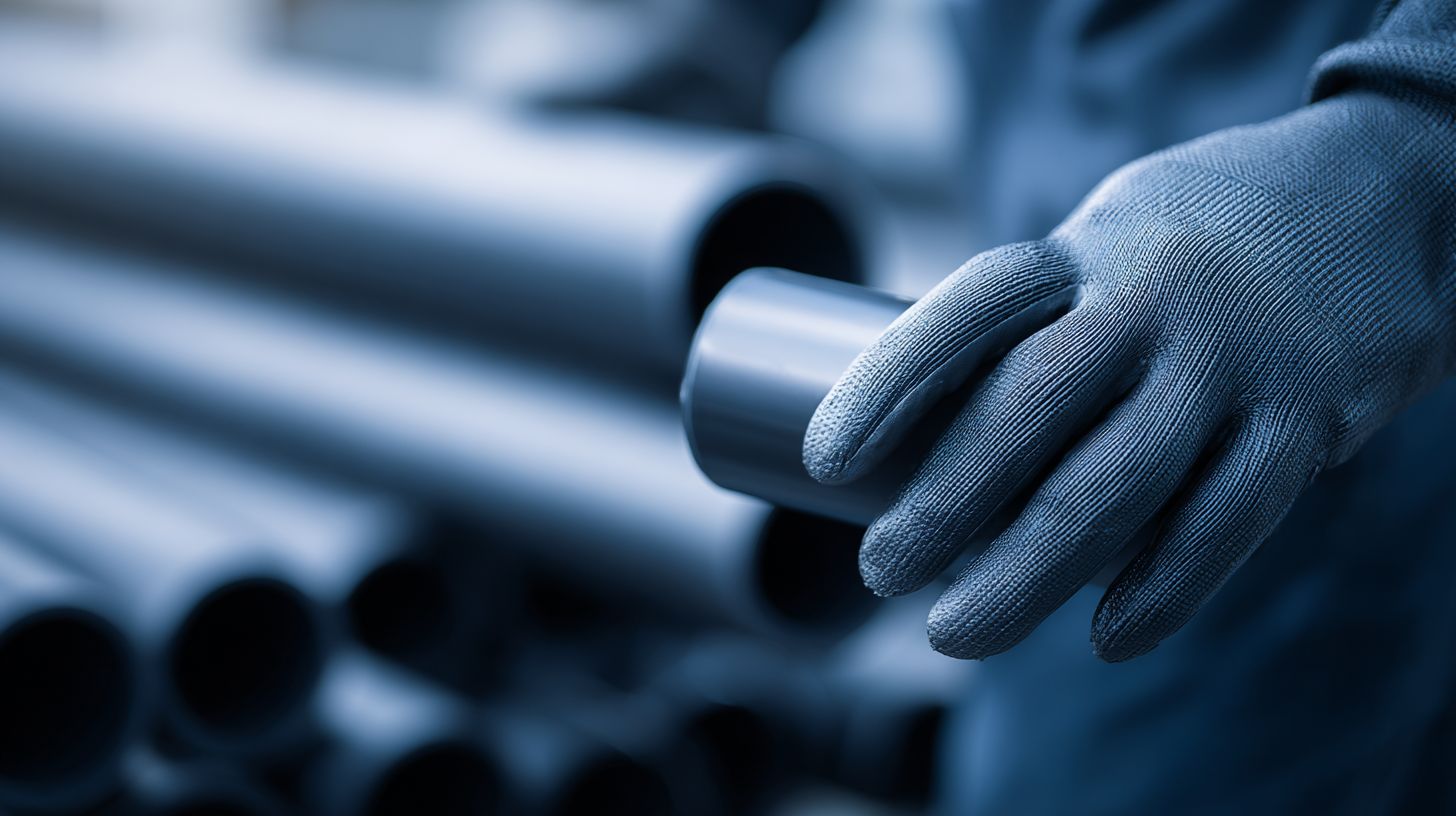
The nitrile rubber industry has witnessed substantial growth, driven by diverse applications across various sectors. According to recent market analysis, the demand for nitrile rubber derivatives like acrylonitrile-butadiene-styrene (ABS) and nitrile latex (NBL) is on the rise. This expansion is attributed to their excellent properties such as high resilience, resistance to oils and chemicals, making them invaluable in automotive, aerospace, and consumer goods.
The global acrylonitrile market also reflects this trend, expected to grow significantly by 2035. With major production techniques such as propylene ammoxidation in play, applications ranging from synthetic rubber to acrylic fibers are forecasted to see robust demand. Moreover, the O-ring market, which heavily utilizes nitrile rubber, is projected to grow in sectors such as electronics and aerospace, indicating a broad acceptance and reliance on nitrile rubber derivatives. This versatility illustrates the essential role nitrile rubber plays in both specialized industrial applications and everyday products, positioning it favorably for future growth.
This chart illustrates the market share of nitrile rubber across various industry sectors, highlighting its versatility from automotive to consumer goods. Understanding these trends is crucial for forecasting growth in the nitrile rubber market.
Nitrile rubber, widely recognized for its exceptional resistance to oils, chemicals, and heat, plays a significant role in various industries, including automotive, medical, and manufacturing. However, the environmental impact of nitrile rubber production is increasingly coming under scrutiny. According to a report by Grand View Research, the global nitrile rubber market is projected to reach USD 4.3 billion by 2025, highlighting the growing demand for this versatile material. However, the production processes associated with nitrile rubber can generate considerable waste and emissions, necessitating a focus on sustainability practices.
To address these concerns, companies are implementing eco-friendly production methods and sourcing sustainable raw materials. The use of bio-based nitrile rubber is emerging as a promising alternative that can reduce reliance on fossil fuels. For instance, a study published by the American Chemical Society highlights that manufacturing bio-based nitrile rubber can lead to a 30% reduction in carbon emissions compared to traditional methods. Furthermore, adopting circular economy principles, such as recycling and reusing nitrile products, can significantly mitigate waste production and lower the overall environmental footprint of the industry. As consumers and regulatory bodies demand more responsible practices, the shift towards sustainable nitrile rubber production is not just beneficial but essential for the future of this industry.
| Application Area | Typical Uses | Environmental Impact | Sustainability Practices |
|---|---|---|---|
| Industrial | O-rings, gaskets, seals | Non-biodegradable, potential pollution | Recycling programs, reducing VOC emissions |
| Automotive | Hoses, belts, fuel seals | Heavy carbon footprint | Use of renewable energy in production |
| Medical | Gloves, syringes, tubing | Waste management concerns | Biodegradable alternatives, waste reduction methods |
| Consumer Goods | Gloves, toys, kitchenware | Plastic pollution | Sourcing sustainable raw materials |
| Construction | Seals, insulation, adhesives | Resource depletion | Energy-efficient processes |
